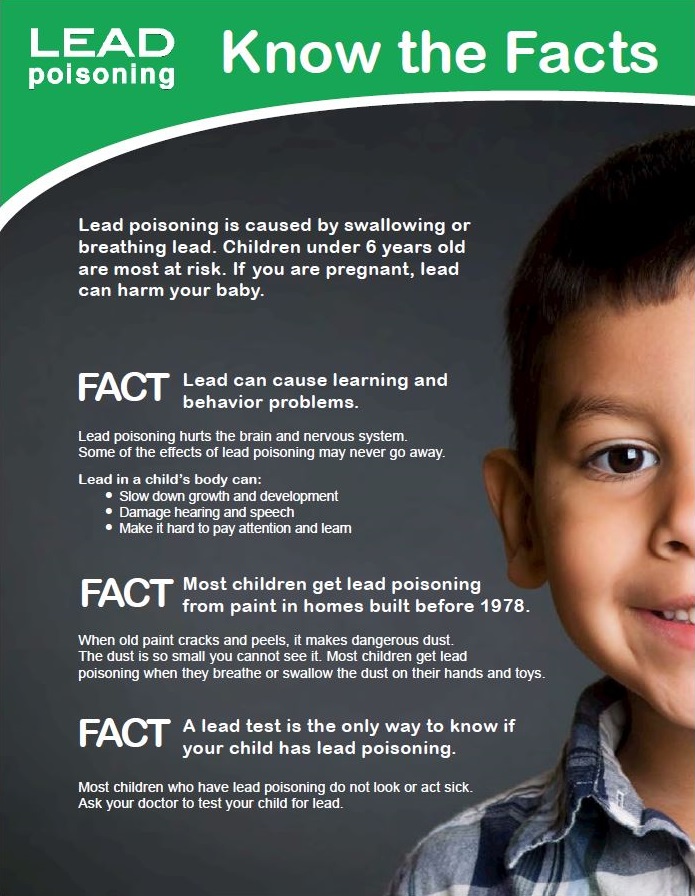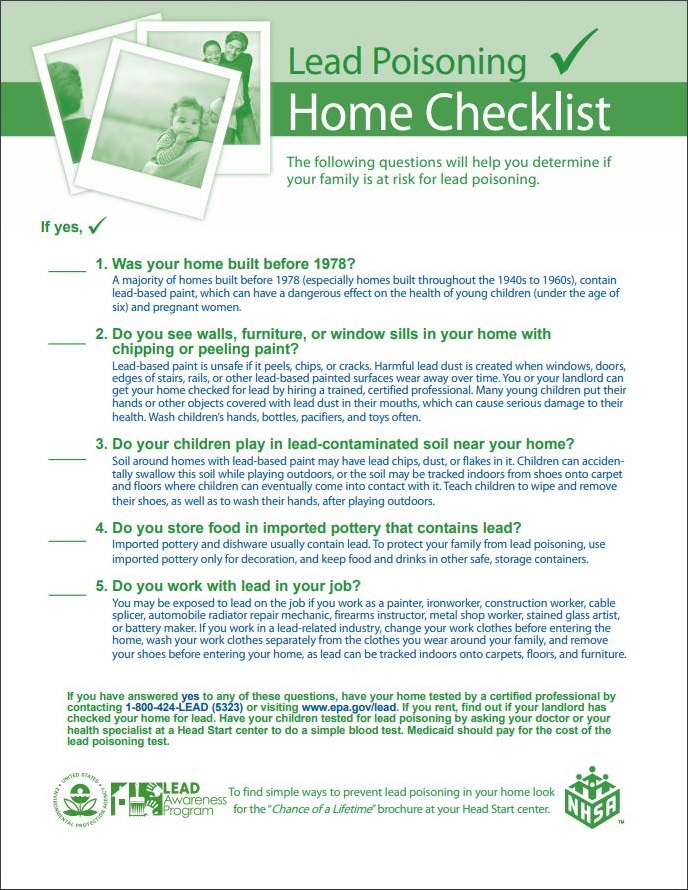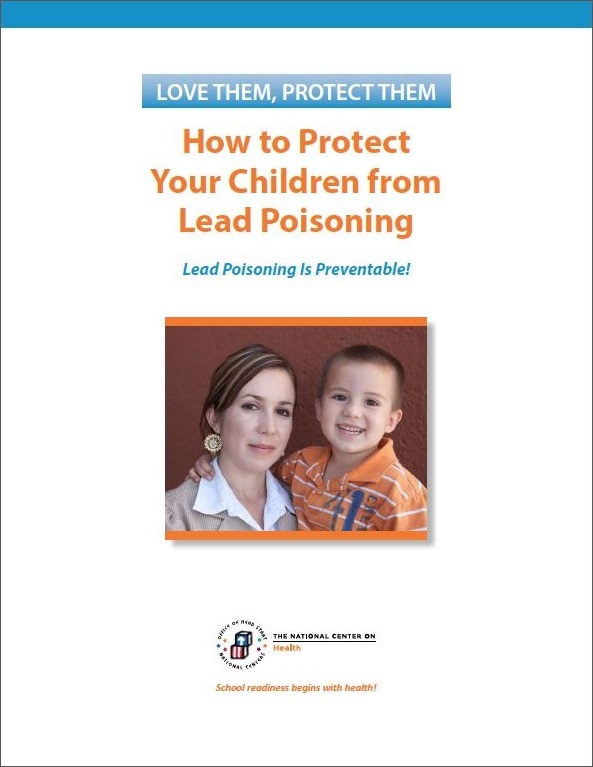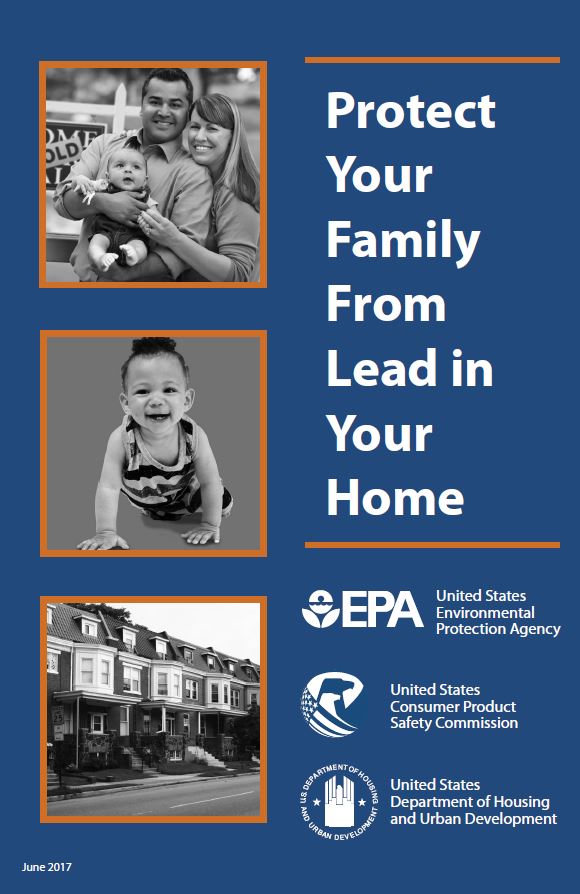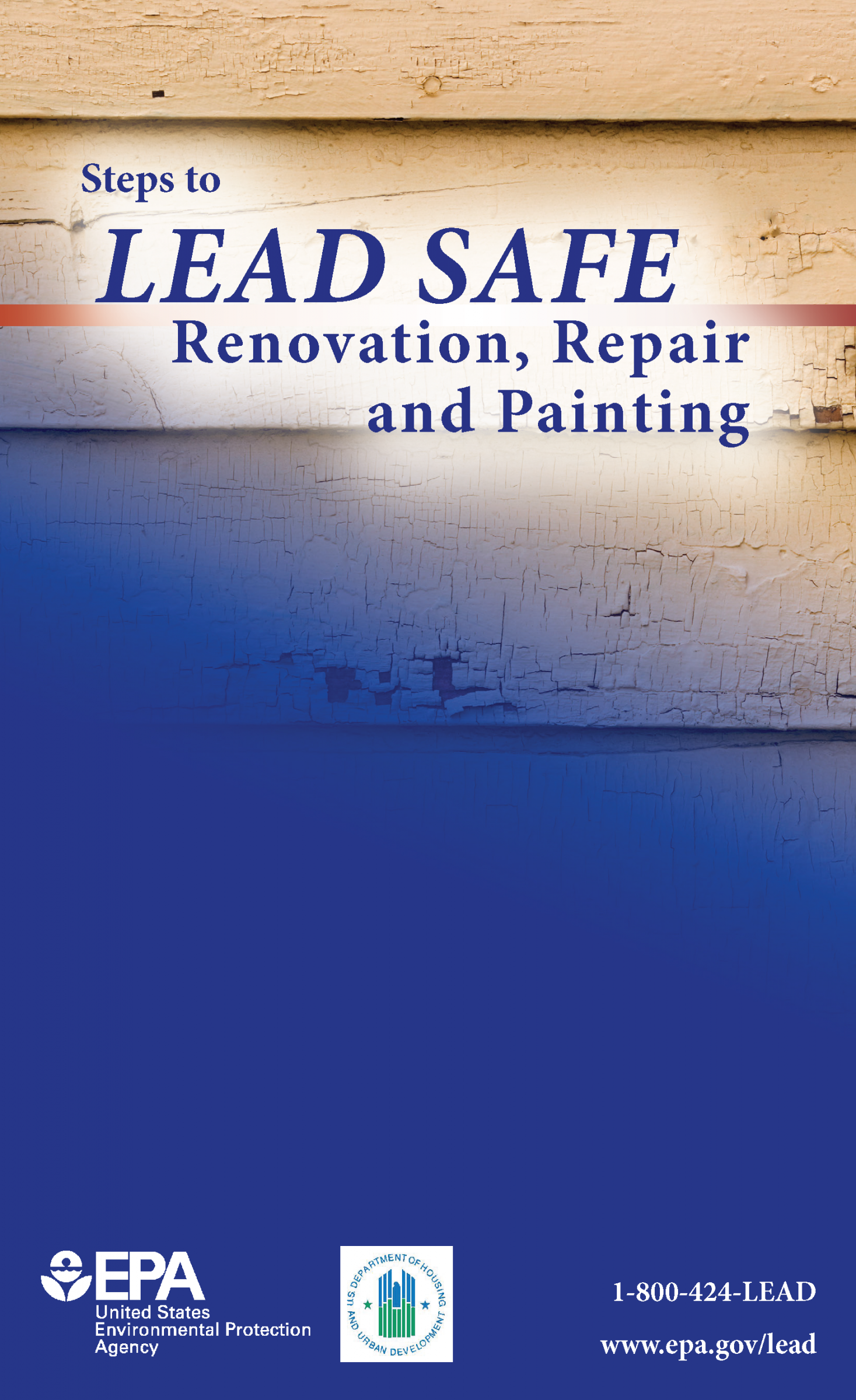Lead-Safe Toolkit for Center-Based Child Care
General Resources
COVID-19: For comprehensive guidance on cleaning, disinfecting, screening, social distancing and other COVID-19 best practices within child care environments, consult the Centers for Disease Control and Prevention (CDC) website. NCHH has also curated a page of resources to assist with the challenges created by COVID-19, including some that may be useful to center-based child care providers, as well as the Healthy Homes Guide to Cleaning and Disinfection, which provides guidance specific to cleaning and disinfecting safely. Visit the Homes and Facilities pages for guidance relevant to home-based and center-based child care settings. Also make sure to consult your state and local reopening guidelines.
Lead can be found in all parts of our environment – the air, the soil, the water, and even inside our homes and businesses. Much of our exposure comes from human activities, including the use of fossil fuels, the past use of leaded gasoline, some types of industrial facilities, and past use of lead-based paint in homes and businesses. Lead has been used in a wide variety of products found in and around our homes and businesses, including paint, ceramics, pipes and plumbing materials, solders, gasoline, batteries, ammunition, and cosmetics.
Lead is particularly dangerous to children because their growing bodies absorb more lead than adults do, and their brains and nervous systems are more sensitive to the damaging effects of lead. Babies and young children can also be more highly exposed to lead because they often put their hands and other objects that can have lead from dust or soil on them into their mouths. Infants drinking formula are in danger if the formula is made with lead-contaminated water. People may be exposed to lead by eating and drinking food or water containing lead or from dishes or glasses that contain lead, inhaling lead dust from lead-based paint or lead-contaminated soil or from playing with toys with lead paint
Financial Help for Lead Inspections and Repair
Many center-based child care providers need financial help to investigate and fix lead problems in their child care facilities. These resources will connect you to people, resources, and programs near you. Even if these programs cannot provide direct financial assistance, they should be able to direct you to programs and organizations that do.
Downloadable Resources
Scroll through the images below to view and download each resource in the Lead-Safe Toolkit for Center-Based Child Care.
About the Project
With funding from the JPB Foundation, Eco-Healthy Child Care® (a national program of the Children’s Environmental Health Network), the National Association for Family Child Care (NAFCC), and the National Center for Healthy Housing have partnered to help family child care providers eliminate lead in their home environments by developing the Lead-Safe Toolkit for Home-Based Child Care and the Lead-Safe Toolkit for Center-Based Child Care.
The Lead-Safe Toolkit for Center-Based Child Care is a work in progress, so additional resources will be added periodically. We’ll also conduct webinars to acquaint providers with the toolkit, provide technical assistance to answer provider questions about how best to adopt lead prevention policies, and post testimonies from home- and center-based child care providers, sharing their experiences as they work to protect the children in their care and their own families from lead hazards.
Additional Resources
You may also want to visit these directories within the Lead-Safe Toolkit for Center-Based Child Care:



